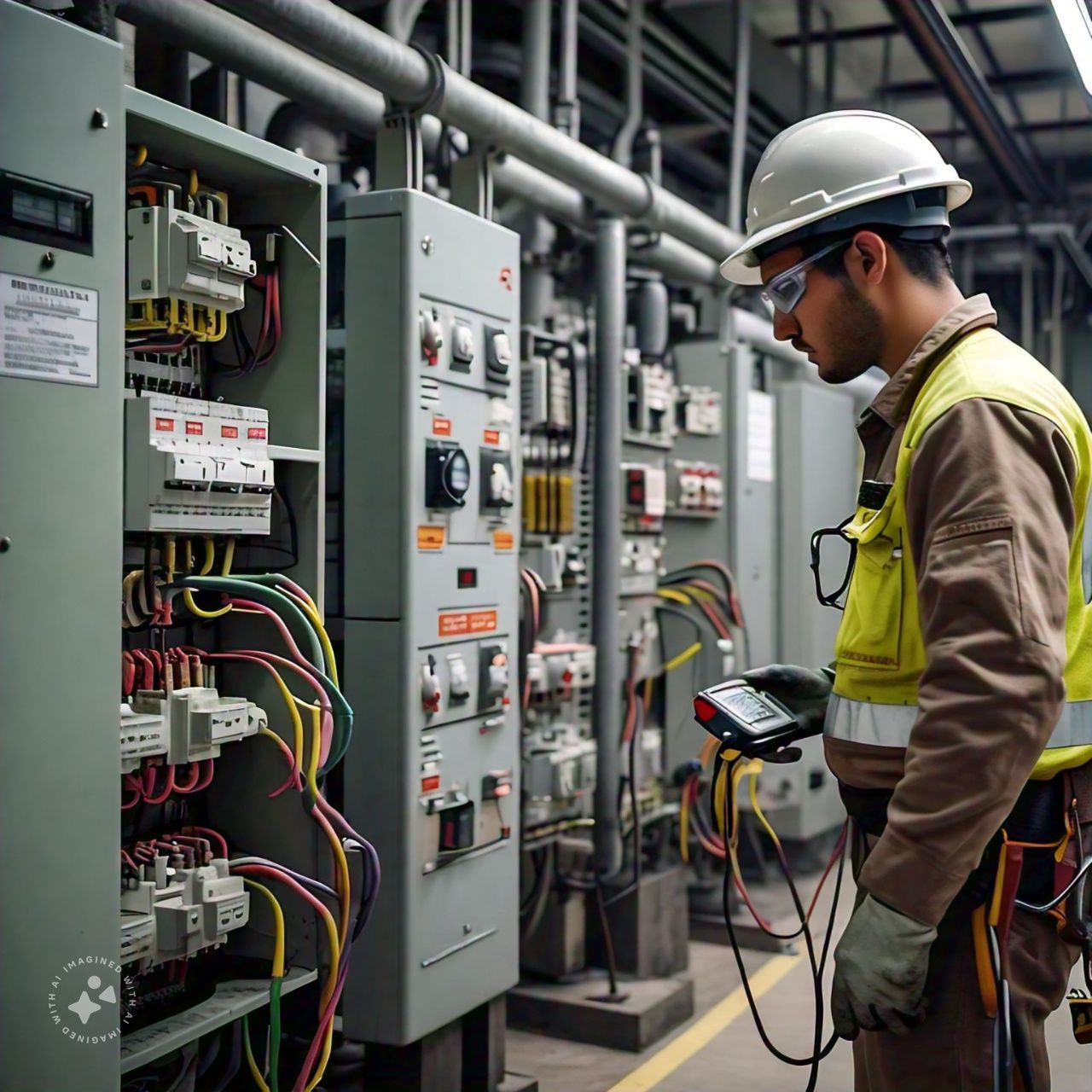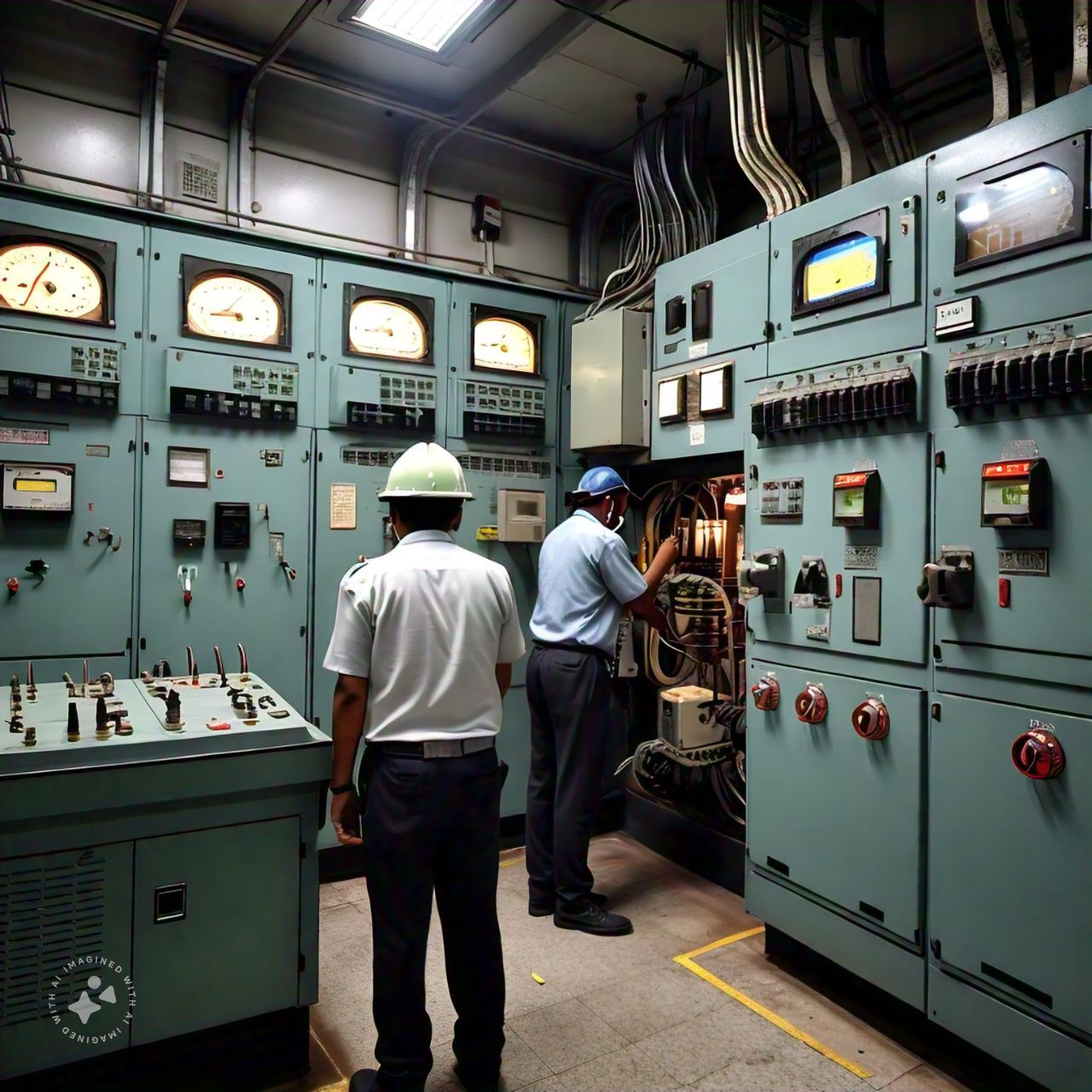Contact Resistance Test and Breaker Tripping/Closing Timing Test for Sub-Stations
Maintaining the performance and safety of sub-stations up to 30KV is essential for ensuring the stability and reliability of the electrical power supply. Two critical tests used in the upkeep of these sub-stations are the Contact Resistance Test and the Breaker Tripping/Closing Timing Test. These tests help in detecting potential issues early, preventing equipment failure, and enhancing overall system efficiency.
Contact Resistance Test
The Contact Resistance Test is designed to measure the resistance of electrical connections within the sub-station’s equipment. High contact resistance can lead to overheating, increased energy losses, and potential failure of electrical components.
Purpose of the Contact Resistance Test:
- Detect High Resistance Points: Identifies areas with excessive resistance that could cause overheating and equipment damage.
- Ensure Secure Connections: Confirms that all electrical connections are tight and efficient.
- Prevent Energy Losses: Minimizes energy losses due to poor connections.
- Prolong Equipment Life: Prevents damage from heat buildup, extending the lifespan of the equipment.
Performing Contact Resistance Tests and Breaker Tripping/Closing Timing Tests is vital for maintaining the integrity and reliability of sub-stations up to 30KV. These tests help in identifying and rectifying potential issues before they lead to significant problems, ensuring a dependable and efficient power supply. Regular testing, thorough documentation, and adherence to safety protocols are essential for effective sub-station maintenance, safeguarding both equipment and personnel.
Breaker Tripping/Closing Timing
The Breaker Tripping/Closing Timing Test assesses the operation times of circuit breakers. Accurate tripping and closing times are vital for protecting the electrical network and ensuring proper coordination among protection devices.
Purpose of the Breaker Tripping/Closing Timing Test:
- Verify Proper Operation: Ensures breakers operate within specified time limits to protect the electrical system.
- Detect Mechanical Issues: Identifies mechanical problems that may cause delays in breaker operation.
- Enhance Protection Coordination: Ensures effective coordination between different protection devices for optimal fault isolation.
- Improve Safety: Reduces the risk of equipment damage and ensures personnel safety by ensuring timely breaker operations.


